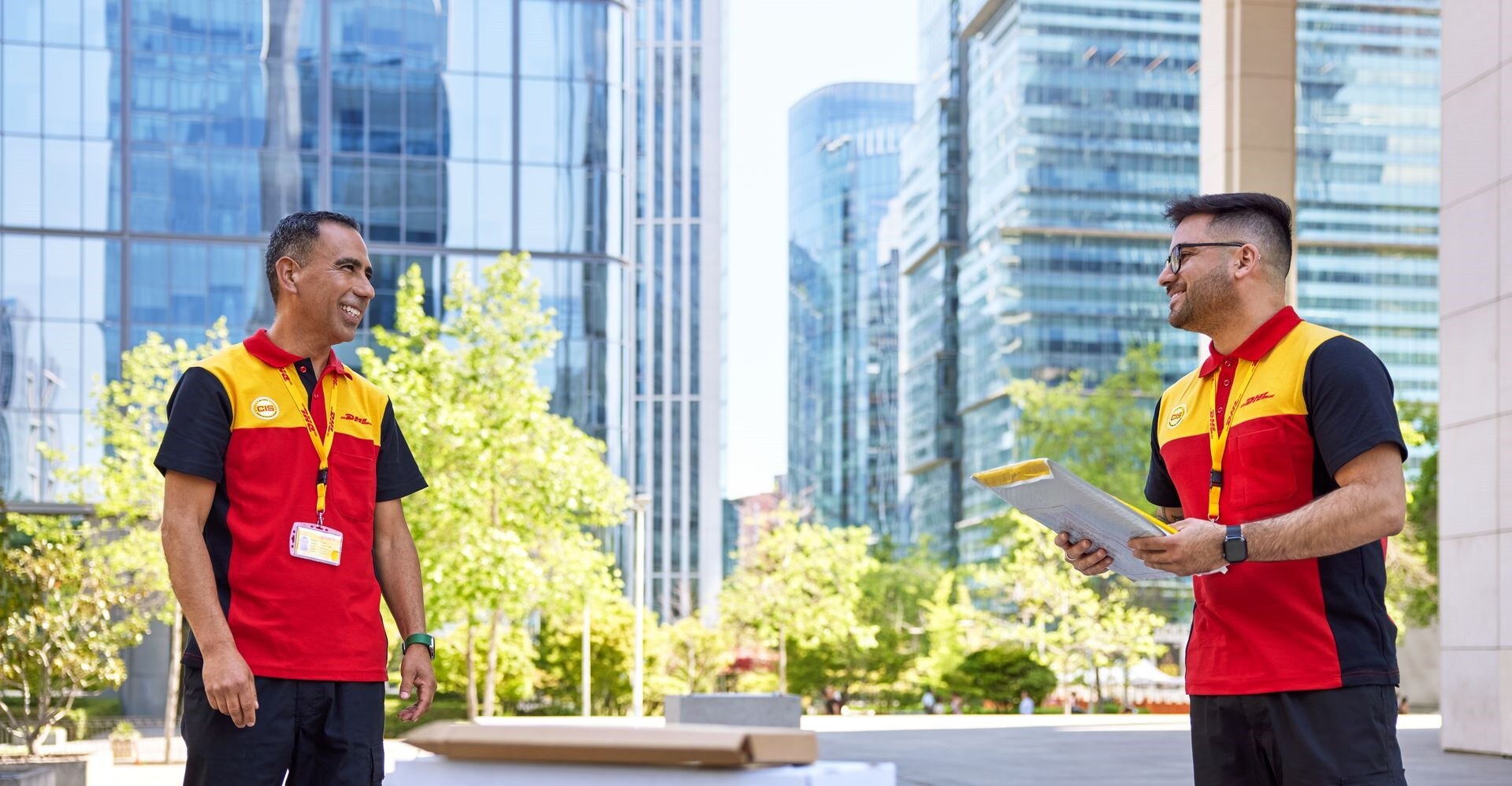Free returns – consumers love them, but are they viable for your e-commerce business? In this article, we explore the pros and cons of offering the service, along with some of the ways you can reduce the financial impact to your business.
It’s the big (and expensive) question for online retailers – whether to offer customers free returns. It’s no secret that returns are a huge headache for e-commerce businesses: around 30% of all online orders are returned1. Yet, research from Statista found that free returns are a leading motivator for online shoppers to buy directly from brands2. The need to balance the cost of offering the service against the extra sales generated becomes apparent.
For the past several years, many leadings retailers have taken the gamble and jumped all in to offer free returns, particularly fast fashion brands who know it is a big incentive for their customers who like to try on and feel a product before committing to keep it. Fashion giant ASOS was an early pioneer of the free returns movement and invested heavily to make it easy too – customers simply have to scan a QR code with their smartphones to process a return, negating the need to print out a returns label (after all, how many Gen Z-ers do you know who own a printer?) Head down to a high street Post Office on any given day and you’re guaranteed to see a stack of ASOS-branded packages piled high ready to be sent back to their maker.
Yet, change is happening. With returns costing retailers an average of 21% of the order value3, and searing gas prices set to increase this further, many brands are now saying enough is enough. And perhaps unsurprisingly, when you consider apparel has the highest returns rate of all product categories4, the fashion sector is again leading the way.
ZARA, Boohoo and Uniqlo all began charging consumers for returns this year. The decision made headlines and caused much outrage on Twitter – perhaps unsurprising in a digital age where people have become accustomed to free content. Despite this, retailers should be bold and seriously consider charging for returns, argues Jeff Sward, founding partner at Merchandising Metrics.
“Absolutely charge for returns,” he told Retail Wire5. “Free returns sounded great when the mission was to get customers comfortable shopping online. OK, [now] they’re comfortable – really, really comfortable shopping online. Now the focus needs to go back to profitability and sustainability. Yes, a couple of customers may leave. But a couple of other customers may visit the stores more frequently, which would be a very positive outcome.”
Others aren’t so sure. “It’s perfectly fine to charge for shipping, but an additional service fee, no matter how nominal, is a sticking point,” retail consultant Georganne Bender said6.
With arguments for and against offering free returns, what’s the right route for your business? We’ve got five key considerations to help guide your decision. Read on...
1. Show customers exactly what they’re buying
An obvious place to start would be to reduce your returns rate in the first place. If the item that lands on your customer’s doorstep matches their expectation, they’ll be less likely to return it.
On your product listings page, include lots of high-res images and detailed specifications. If it’s a particularly niche or complex-to-use product, consider adding how-to guides and expert video tutorials, and include a “frequently asked questions” section to answer the most common queries. If you have the budget, integrating a live chat feature on your e-commerce website is a great way to help customers choose the right products. Don’t forget to share customer testimonials, too. In short, the more information you can provide, the better!
Going a step deeper, augmented reality is increasingly being enlisted by online retailers to improve the buying experience for customers. Earlier this year, Swedish furniture giant IKEA launched IKEA Kreativ in the US, an AI-driven interactive design experience which lets customers visualize – via their smartphones – how its furniture will look in their own homes. Elsewhere, many online fashion brands are adopting the technology to let their customers virtually “try on” their clothes based on their real-life measurements.
A study by Alter Agents7 found that two-thirds of online shoppers said they are less likely to return a product if they used AR features to help make their decision, so do some research!
2. Shift around your pricing strategy
If you’ve done the math and determined it’s not feasible to offer free returns, consider if you could “absorb” the cost elsewhere in your business. DHL’s Landed Cost calculator will help you understand your business’s total outgoings – from logistics to storage to customs fees (if you ship internationally.) By having a full and detailed breakdown of your business’s costs, you can identify if and where savings can be made – savings which could allow you to offer those all-important free returns to your customers.
3. Make your sales channels work together
If you’re an omnichannel retailer, you have an opportunity to turn returns into an advantage. If you enable your online customers to return items to your bricks-and-mortar store(s), you could nab some extra impulse sales from them whilst they’re there. After all, if a customer’s initial purchase didn’t work out, it’s likely they’ll be looking for an alternative and you want to make sure it’s with your business. Keep your returns policy flexible and it could just pay off!
4. Think green
Whilst the free returns debate often focuses on the logistics cost, there’s another cost to consider – that to the environment. Every too-big jumper, wrong-color lamp or not-quite-right picture frame returned to its seller clocks up extra carbon emissions at a time when consumers are increasingly eco-conscious. In fact, a recent study by Cycleon found that 64% of US consumers would be willing to pay extra when returning an item if it subsidized a greener carrier option8.
DHL Express has set itself the ambitious target of reducing all logistics-related emissions to zero by 2050. From investing in sustainable aviation fuel, to the use of electric bikes for final-mile deliveries, the Big Yellow Machine is going green! Discover how we can help your business reduce the carbon emissions of its returns, here.
5. Research parcel lockers
As e-commerce booms, these are popping up all over the place to allow online customers to pick up their deliveries at a time convenient to them (rather than having to wait at home all day.) But they can also be used as a smart solution for returns. Parcel lockers allow your carrier partner to pick up more of your customers’ return packages from a single location, reducing vehicle carbon emissions – and of course, costs.
DHL launched its first automated Packstations in 2001; today there are thousands across the world, open 24/7 for your customers’ ease. DHL also operates ServicePoints at convenient locations – such as high-street stores – where your customers can drop off their returns. Discover how these could help your business, here.
Remember, giving your customers a positive returns experience is not just about cost: they want it to be easy and transparent. With DHL Express, both you and your customers will receive full tracking of the return shipment’s status, and peace of mind that it will get to its destination on time and in one piece. Start your journey with the global e-commerce specialists here.
1 - Invespcro, May 2022
2 - Statista, published November 2021
3 - Pitney Bowes survey, Business Wire, April 2022
4 - Nosto, 2021
5 - Jeff Sward, Retail Wire, May 2022
6 - Georganne Bender, Retail Wire, May 2022
7 - Alter Agents survey, Canvas8, June 2022
8 - Cycleon study, Retail Wire, May 2022
















